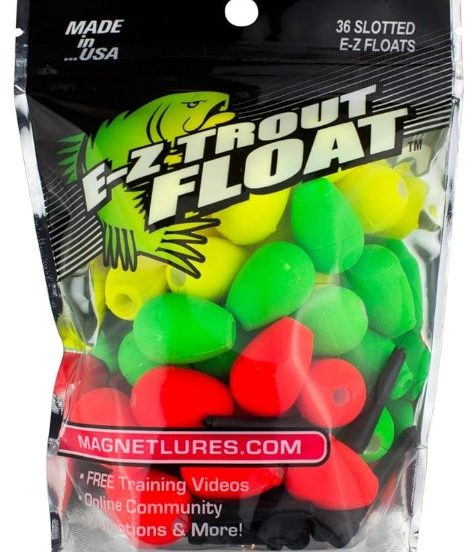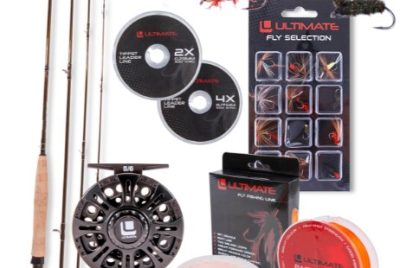Fly Fishing Floats
Introduction

As an avid fly angler, I’ve discovered that incorporating floats into my fishing setup has revolutionized my approach to the sport. In this article, I’ll delve into the world of fly fishing floats, exploring their various types, benefits, and techniques, while sharing insights gained from my own experiences on the water.
Understanding Fly Fishing Floats
When it comes to fly fishing, floats play a pivotalthe performance and versatility of your rig. From traditional cork and foam floats to modern indicators and strike indicators, there’s a wide array of options available to suit every angler’s preferences and fishing style. Using floats not only aids in detecting subtle strikes but also helps control the depth and drift of your fly, increasing your chances of enticing elusive trout.
Choosing the Right Float for Your Needs

Selecting the perfect float for your fishing endeavors requires careful consideration of several factors. Size, visibility, and buoyancy are crucial attributes to assess when evaluating different float options. Additionally, take into account the water conditions and target species to determine the most suitable float for the job. Popular brands such as Thill, Air-Lock, and Loon Outdoors offer a diverse selection of floats designed to meet the demands of discerning anglers.
Setting Up Your Fly Fishing Float
Proper rigging and setup are essential for maximizing the effectiveness of your fly fishing float. Whether using a fixed float or an adjustable indicator, ensure it is securely attached to your leader with reliable knots such as the improved clinch knot or loop-to-loop connection. Experiment with different depths and weights to achieve the desired presentation, making adjustments as needed to adapt to changing fishing conditions.
Techniques for Fly Fishing with Floats

Fly fishing with floats opens up a world of possibilities, allowing anglers to effectively target trout in various environments and situations. Mastering drift fishing techniques involves controlling the speed and direction of your presentation to mimic natural insect behavior. Nymphing with floats enables you to probe deeper waters and target bottom-dwelling trout, while dry fly fishing offers exhilarating surface action that’s sure to get your heart racing.
Advantages of Float Fishing in Different Conditions
Whether fishing stillwater lakes or flowing rivers, utilizing floats provides distinct advantages that can greatly enhance your angling success. In windy conditions, floats act as windsocks, stabilizing your rig and allowing for precise casts and drifts. When fishing deep waters, floats help maintain constant contact with your fly, ensuring it remains within the strike zone for extended periods.
Tips for Successful Float Fishing

Achieving success with fly fishing floats requires a combination of skill, patience, and keen observation. Take time to read the water and identify likely holding areas where trout are likely to congregate. Experiment with different presentation techniques, varying the speed and depth of your drift to entice wary fish. Above all, remain persistent and adaptable, adjusting your approach as needed to capitalize on changing fishing conditions.
Maintaining and Caring for Your Float
To prolong the lifespan of your fly fishing floats, it’s essential to practice proper maintenance and care. After each fishing trip, thoroughly clean your floats with mild soap and water to remove any dirt or debris. Store them in a dry, cool place away from direct sunlight to prevent premature deterioration. Periodically inspect your floats for signs of wear or damage, replacing them as necessary to ensure optimal performance on the water.
Personal Experiences and Insights

Throughout my fly fishing journey, floats have been invaluable tools that have contributed to countless memorable catches and unforgettable experiences on the water. From the serene beauty of mountain streams to the adrenaline-fueled action of fast-flowing rivers, floats have enabled me to explore and conquer a diverse range of fishing environments with confidence and precision.
Conclusion
In the realm of fly fishing, floats serve as indispensable companions that empower anglers to unlock new dimensions of excitement and success on the water. By incorporating floats into your fishing arsenal and mastering the techniques associated with their use, you’ll gain a distinct advantage that will elevate your fly fishing pursuits to new heights of enjoyment and fulfillment.
FAQs
- Can floats be used for fly fishing in both stillwater and moving water? Yes, floats are versatile tools that can be effectively utilized in a wide range of fishing environments, including lakes, rivers, and streams.
- Do floats come in different sizes and shapes? Absolutely! Floats are available in various sizes, shapes, and materials to accommodate different fishing conditions and preferences.
- How do I know which float is best for the type of fishing I want to do? Consider factors such as water conditions, target species, and personal preferences when selecting the right float for your fishing needs.
- Can floats help me detect strikes more easily? Yes, floats are designed to provide visual cues that alert anglers to subtle strikes, increasing their ability to detect and react to fish activity.
- Are there any special techniques for rigging and using floats effectively? Experiment with different rigging setups and presentation techniques to find the optimal configuration for your fishing style and preferences.



